Streamline Your IT Vendor Selection Process with the IT Vendor Selection Procedure Template Word
Choosing the right IT vendor is crucial for the success of any business. However, the vendor selection process can be time-consuming and overwhelming, especially if you don’t have a clear plan in place. That’s where the IT Vendor Selection Procedure Template Word comes in.
This comprehensive template provides a step-by-step guide to help you identify, evaluate, and select the best IT vendor for your organization. It includes detailed instructions, checklists, and templates to streamline the entire process, from defining your requirements to negotiating contracts.
The IT Vendor Selection Procedure Template Word is designed to be user-friendly and customizable, so you can tailor it to your specific needs. Whether you’re a small business or a large enterprise, this template will help you save time and resources while ensuring that you make an informed decision.
Some of the key features of the IT Vendor Selection Procedure Template Word include:
- A comprehensive vendor evaluation checklist
- A vendor scorecard template to help you compare vendors objectively
- A sample request for proposal (RFP) template
- A contract negotiation checklist
- Guidelines for vendor management and performance monitoring
By using the IT Vendor Selection Procedure Template Word, you can minimize the risks associated with selecting the wrong vendor and maximize the benefits of working with a reliable and competent IT partner. Don’t leave your vendor selection process to chance – invest in this template today and make an informed decision that will benefit your business for years to come.
IT Vendor Selection Procedure
Choose and manage capable IT vendors with our IT Vendor Selection Procedure. The IT vendor management procedure provides methods for determining, documenting and inspecting vendors for compliance with your company’s policies and purchase/lease requirements.
It also ensures vendor performance capabilities are sufficient to meet IT requirements. The IT Vendor Selection Procedure applies to all potential and current vendors of IT products and services. (20 pages, 3841 words)
IT Vendor Management Responsibilities:
The Information Technology Asset Manager is responsible for initial Information Technology vendor identification and collecting information regarding potential vendors. The Information Technology Asset Manager is also responsible for maintaining vendor performance data for ongoing evaluations. They should list a number of qualified vendors and submit the list to Finance for its review.
Information Technology Managers are responsible for final review and approval of new Information Technology vendors, as well as maintaining a file on current vendors. Finance should request and evaluate financial information from vendors identified by the Information Technology Asset Manager.
Financial Management is responsible for evaluating potential vendors’ financial information and for final vendor approval.
Quality Management is responsible for evaluating vendors’ quality systems, where appropriate, and for reporting vendor quality performance on a regular basis.
IT Vendor Management Definitions:
Request For Proposal (RFP) – A document that an enterprise sends to a vendor, inviting the vendor to submit a bid for hardware, software, services, or any combination of the three. An organization will typically issue several RFPs to obtain and evaluate competing bids.
Service Level Agreement (SLA) – Contract between a service provider and an end user, stipulating and committing the provider to a required level of service. An SLA typically includes such features as support options, enforcement or penalty provisions for services not rendered, guaranteed system performance levels related to uptime/downtime, specific levels of customer support, what software or hardware will be provided, and product (and/or service) fees.
 IT Vendor Selection Procedure Activities
IT Vendor Selection Procedure Activities
- IT Vendor Evaluation
- Request for Proposal
- IT Vendor Selection
- IT Vendor Review
- IT Vendor Files
IT Vendor Selection Procedure References
- ISO 9001:2008 Standard- Quality Management Systems Requirements, Clauses 6.1 (Provision of Resources), 6.2.2(Competence, Awareness, and Training), 7.5.1 (Control of Production and Service Provision), and 7.5.3 (Identification and Traceablility)
- Sarbanes-Oxley Act of 2002
IT Vendor Selection Procedure Forms
- IT Vendor Notification Form
- IT Vendor Survey Form
- Approved IT Vendor Data Sheet Form
- IT Vendor List Form
- IT Vendor Disqualification Form


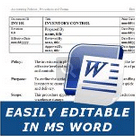
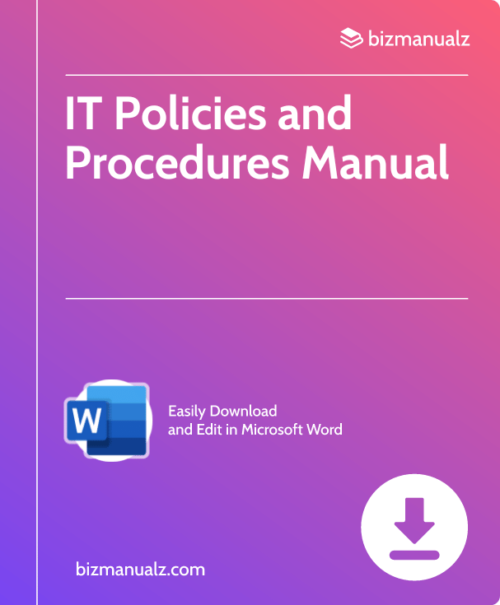
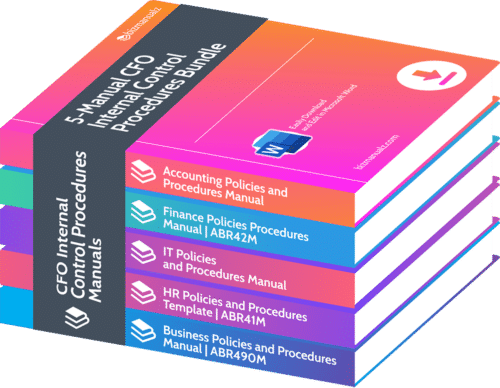
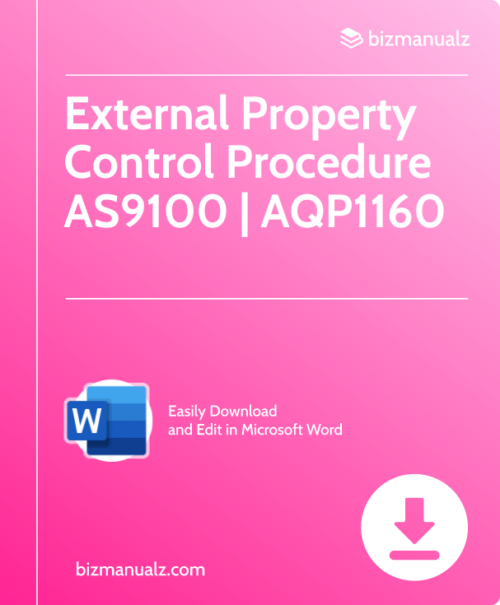
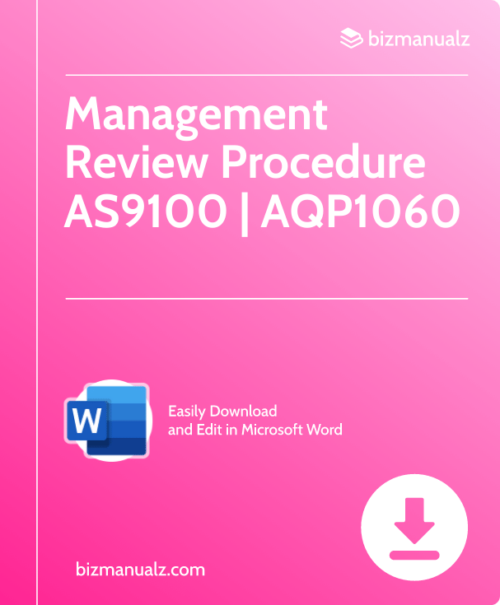


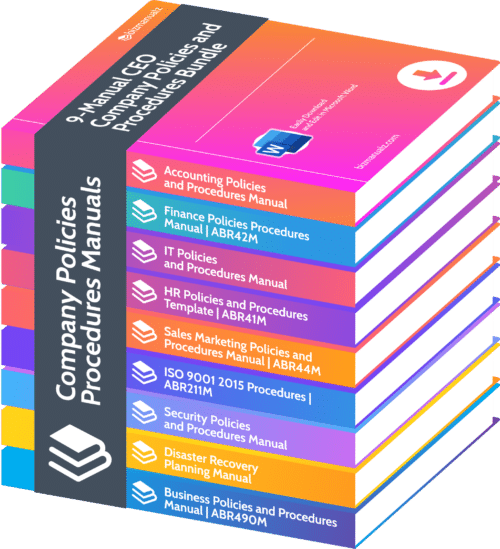
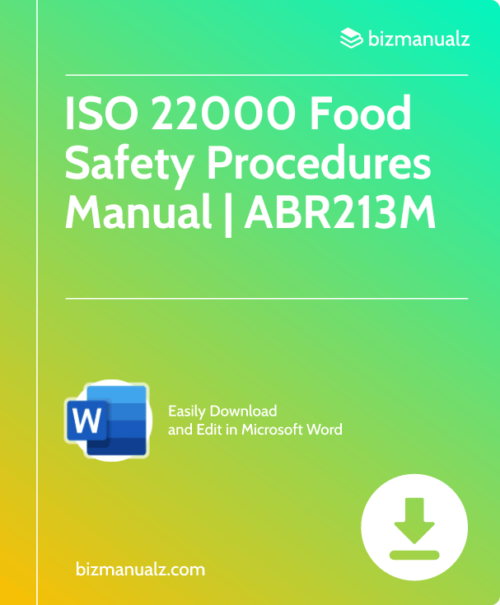
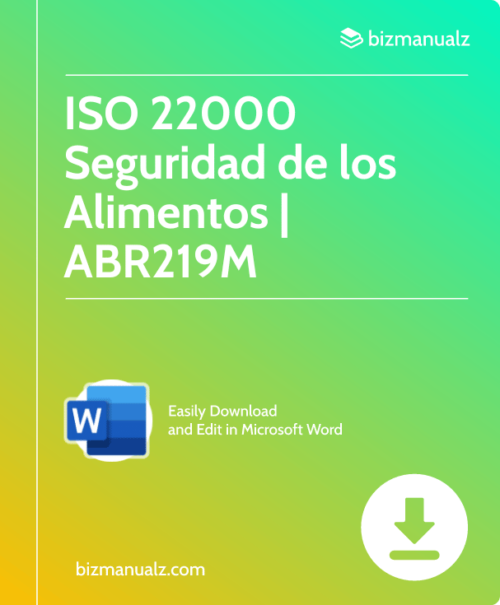
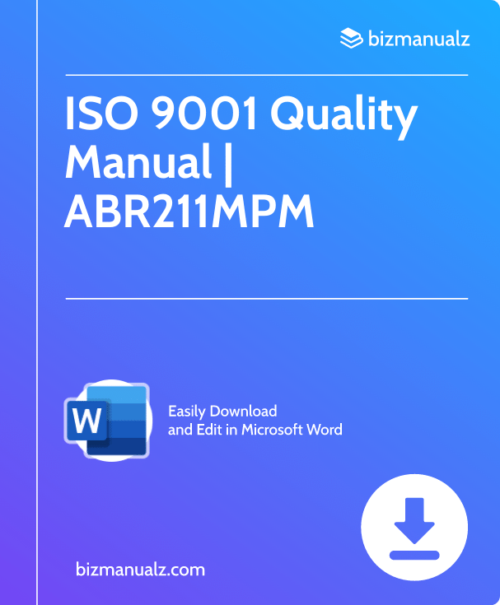
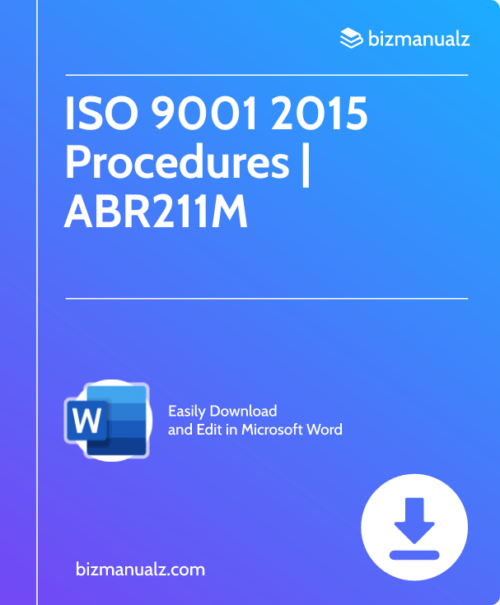
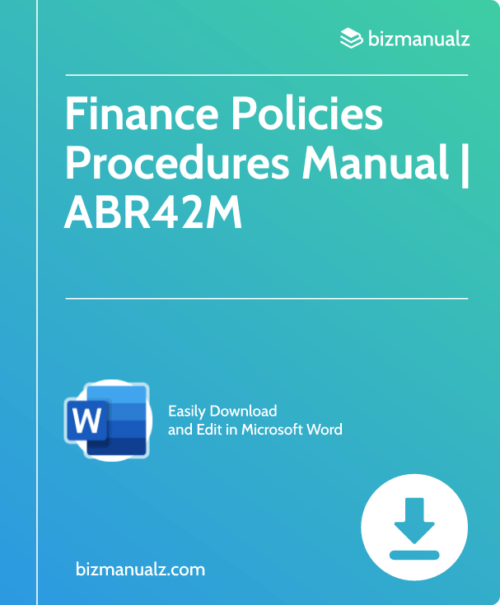


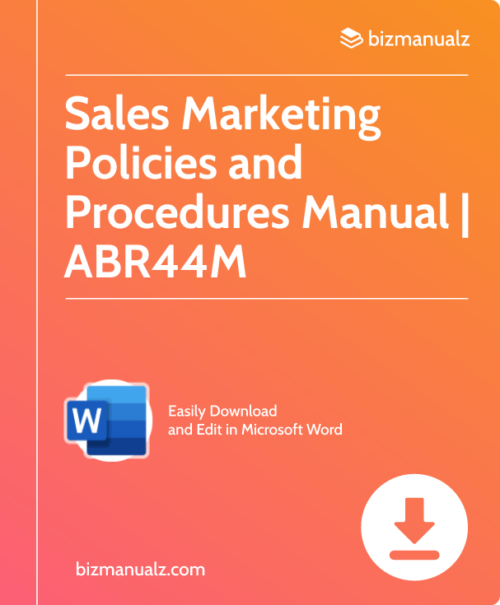

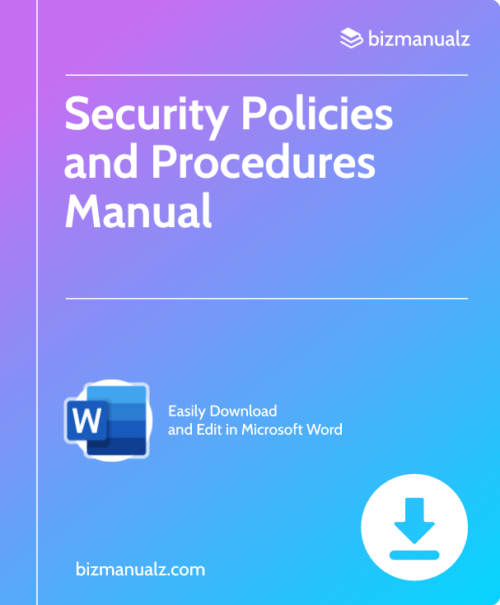
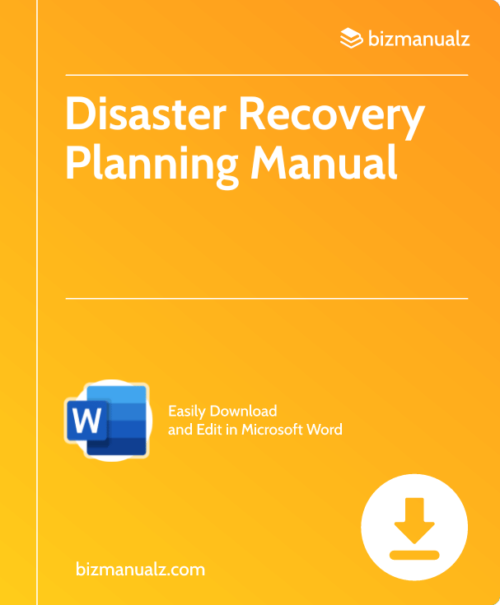
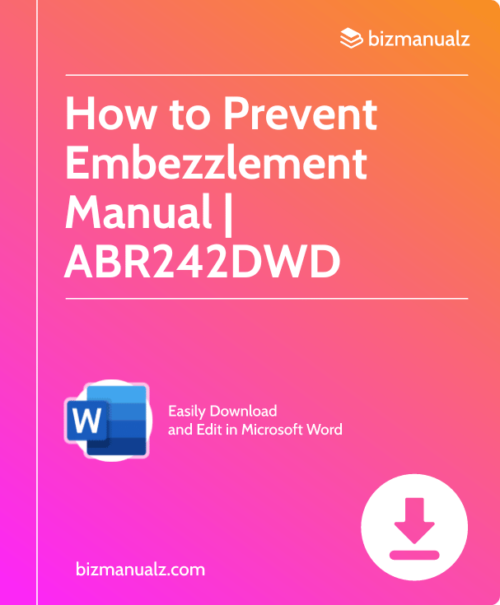
Reviews
There are no reviews yet.